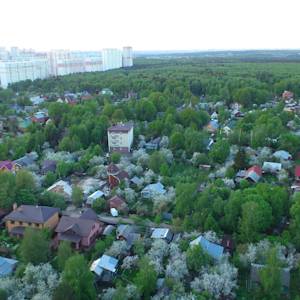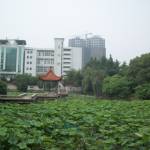Taiwan has one of world's most efficient recycling programs
2019 CE • Taiwan
"In the ’80s and ’90s, Taiwan had one of the world’s worst urban waste problems. Its landfills overflowed and mountains of rubbish clogged street corners, earning it the unflattering moniker “Garbage Island.” Fed up with the accumulation of waste, people across the country demanded action. They burned trash in the streets and rallied at dumping sites. Over the next two decades, the government overhauled the waste management infrastructure of the island from root to branch, investing in waste trucks and recycling plants and switching from landfills to incineration. New regulations compelled companies and consumers to share the physical and financial burden of recycling and garbage collection, establishing personal accountability and incentivizing people to produce less waste in the first place . . . Today, Taiwan’s 55% recycling rate is among the highest the world, up from virtually zero three decades ago . . . The average Taiwanese person produces 850 grams (1.9 pounds) of waste daily, down from 1.2 kilograms (2.6 pounds) 15 years ago . . . [In 2019], Taiwan committed to banning all single-use plastics — including bags, disposable cups, utensils and straws — by 2030 . . . Though small, the island nation of 24 million people (less than the population of Texas) is proof that coordinated policies that compel both industries and consumers to take responsibility for what they produce and throw out can reduce waste and make recycling pay for itself."
Charlotte Middlehurst, "How The Country Once Nicknamed ‘Garbage Island’ Cut Waste By 30%," Huffpost, May 27, 2019.
Image: Hoyae24, CC BY-SA 4.0, https://creativecommons.org/licenses/by-sa/4.0, via Wikimedia Commons


Learn about Maya Lin’s fifth and final memorial: a multi-platform science based artwork that presents an ecological history of our world - past, present, and future.

Discover ecological histories and stories of former abundance, loss, and recovery on the map of memory.

Learn how we can reduce our emissions and protect and restore species and habitats – around the world.

See how art can help us rethink the problems we face, and give us hope that each one of us can make a difference.

Help make a global memorial something personal and close to home. Share your stories of the natural world.


